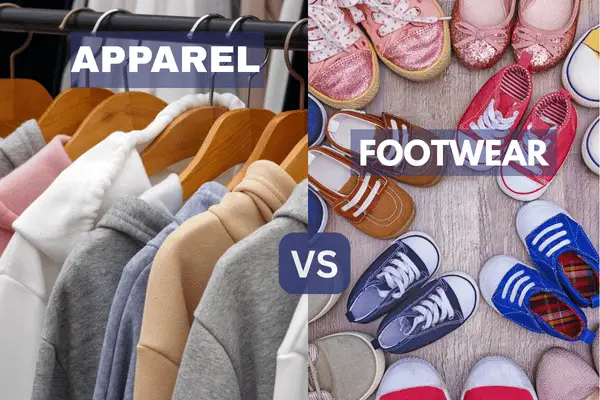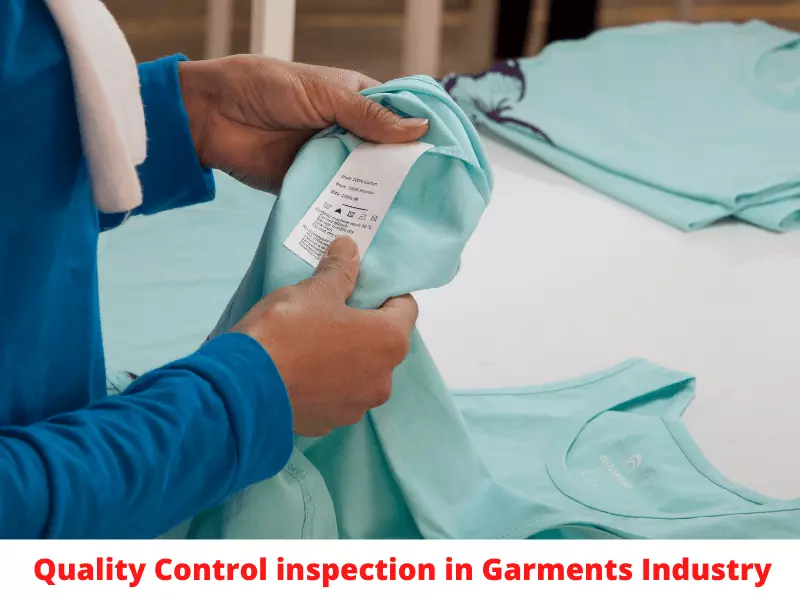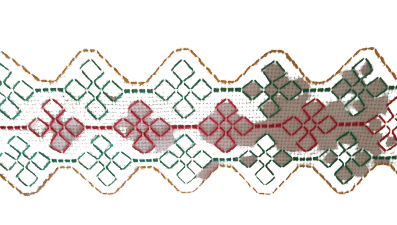Unlike accessories and others, the most prominent branches of the fashion industry are apparel and footwear. Both these branches serve one common function; someone may wear these to cover the body, but however, they differ from each other in very hazardous ways, be it the design of the end-products or what goes on behind in producing such articles. Here are the Differences Between Apparel and Footwear.
Moreover, Apparel and Footwear even serve in very different functionalities and present different markets of consumption. Read on to know what the differences between apparel and footwear are, their respective methods for production, and possible market trends and future developments. exponents of the advanced fashion from the above two categories.

Differences Between Apparel and Footwear: Apparel vs. Footwear
1. Definition and Primary Functions
Apparel (Clothing)
Apparel refers to garments worn on the body, including shirts, pants, dresses, jackets, and undergarments. Its primary functions are:
- Protection (from weather, environmental factors)
- Modesty & Social Norms (cultural and professional dressing)
- Fashion & Self-Expression (style, trends, personal identity)
Footwear (Shoes)
Footwear includes all types of coverings for the feet, such as sneakers, boots, sandals, and formal shoes. Its core purposes are:
- Protection (from injuries, rough terrain, extreme temperatures)
- Support & Comfort (cushioning, arch support, shock absorption)
- Performance Enhancement (athletic shoes for sports, work boots for safety)
2. Materials and Construction
Apparel Materials
Clothing is primarily made from:
- Natural Fibers: Cotton, wool, silk, linen
- Synthetic Fabrics: Polyester, nylon, spandex, rayon
- Blends: Cotton-polyester mixes for durability and comfort
Manufacturing Process:
- Fabric cutting → Sewing → Dyeing/Printing → Finishing (stitching, buttons, zippers)
Footwear Materials
Shoes require a mix of flexible and rigid materials:
- Upper Part: Leather, synthetic mesh, canvas, knit fabrics
- Sole: Rubber, EVA foam, PU (polyurethane), TPU (thermoplastic polyurethane)
- Support Structures: Shanks (for stability), insoles (for cushioning)
Manufacturing Process:
- Pattern making → Cutting materials → Stitching the upper → Attaching the sole → Quality testing
3. Design and Functionality Differences
| Aspect | Apparel | Footwear |
|---|---|---|
| Primary Focus | Aesthetics, fit, drape | Ergonomics, support, durability |
| Fit Considerations | Body shape, sizing (S, M, L) | Foot shape, width, arch type |
| Seasonal Variations | Heavy winter coats, lightweight summer wear | Boots for winter, sandals for summer |
| Performance Needs | Moisture-wicking (athleisure), UV protection | Traction (hiking shoes), shock absorption (running shoes) |
4. Consumer Behavior and Market Trends
Apparel Purchasing Habits
- Frequency: Bought more often due to fast fashion trends.
- Factors Influencing Purchase: Style, brand, price, seasonal demand.
- Sustainability Shift: Growing demand for eco-friendly fabrics (organic cotton, recycled polyester).
Footwear Purchasing Habits
- Frequency: Replaced less often (durability is key).
- Factors Influencing Purchase: Comfort, functionality, brand reputation.
- Sustainability Shift: Vegan leather, recycled rubber soles, biodegradable materials.
Key Brands in Each Category
| Apparel | Footwear |
|---|---|
| Zara, H&M, Uniqlo | Nike, Adidas, Puma |
| Gucci, Louis Vuitton | Dr. Martens, Timberland |
| Patagonia, The North Face | Allbirds, Veja (sustainable focus) |
5. Technological and Future Developments
Apparel Innovations
- Smart Fabrics: Temperature-regulating, UV-protective, and health-monitoring clothing.
- 3D Printing: Custom-fit garments without traditional sewing.
- Sustainable Dyes: Reduced water usage in fabric coloring.
Footwear Innovations
- 3D-Printed Midsoles: Custom cushioning for athletes.
- Self-Lacing Shoes: Nike Adapt, powered by automation.
- Biodegradable Shoes: Made from algae, mushrooms, or plant-based materials.
While apparel and footwear are both crucial to the fashion industry, they cater to different needs—clothing focuses on aesthetics and body coverage, while footwear prioritizes foot support and functionality. Their materials, manufacturing processes, and consumer behaviors vary significantly, yet both are evolving with sustainability and technology playing major roles.
- You may love to read: Difference between Textile and Apparel
- Difference between Apparel and Fashion
- Differences between Apparel and Clothing


